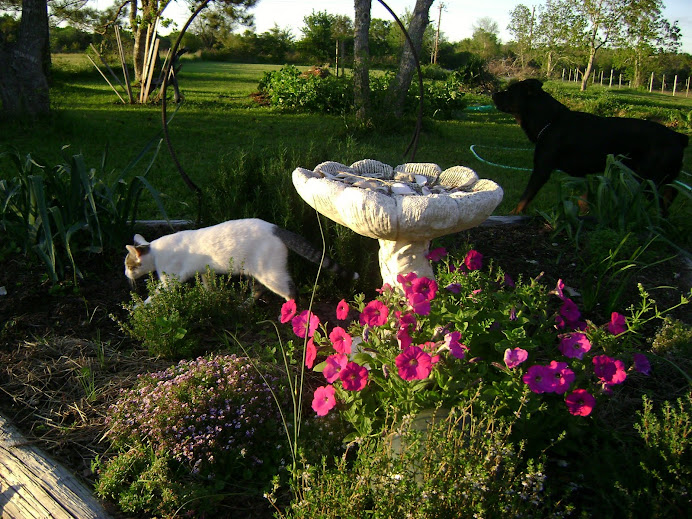I know that there is nothing more disappointing than sowing seeds and either nothing germinates or you have a few more empty spaces than you had planned. For me, I have just waisted time, soil, a marker and a pot.
Although there are several different ways to test your seeds for viability, the quickest way is a simple float test. The supplies needed is a cup and a little warm water. I use a clear plastic cup, but a glass container can be used. We just need to be able to see what is going on. If using glass, it needs to be washed with soapy water and labeled.
The float test is not 100% full proof, but it sure comes close.
I start out by counting out the amount of seeds I want to sow, plus a little extra. I mark the cup with a permanent marker so I remember what variety is in the cup.
I do my float tests before I go to bed at night. I add a little warm water to the cup and sprinkle my seeds in it. By morning I will know that the seeds that sunk to the bottom of the cup are viable and the seeds that stayed floating on the top are not good.
The float test works well for seeds the size of tomatoes or peppers. If they are very tiny like perhaps carrots or lettuce seeds, they will want to float no matter what you do. So stick with the larger sized seeds and not the micro mini sizes.
The trick for sowing with teeny tiny seeds is simply to plant extra seeds and then thin the pots out.
I usually do a float test for seeds I had saved for sowing directly into the garden. Especially for things like cucumbers and squash. Even melons and pumpkins get a float test for a better germination rate in the garden.
Some people use an alternative method of testing seed viability, like using a damp paper towel or coffee filter that is placed in a ziploc plastic bag and labeled. For me personally, I find it much more time consuming and I get such great results with the quickie float test.
So next, after taking all the floating seeds out and discarding them, I make sure that all of my pots are well watered in before planting the good seeds that sunk to the bottom of the cups.
A good rule of thumb when planting seeds is to generally go by the size of the seed. For something the size of a tomato seed you would not want to plant it in the soil deeper than say 1/4 of an inch.
I usually make a small indentation in each pot and place the seed in each one. Then I go back with a large pot of dirt I keep handy and sprinkle the dirt over the top of each seed. After that I press the top of each pot lightly to get a good connection of seed to soil.
After I have them all planted and tagged, I water them in once more. Just be sure to keep the water gentle so as not to wash everything back out of the pot.
The soil should be a good loose well draining mix of compost, garden soil, peat and even a little perlite if you can find it organic and without chemical fertilizers.
Once your seedlings have become large enough, you may need to transplant them into a larger pot until the weather permits them to go into the garden.
Happy Gardening!
Pammy






















.jpg)



















No comments:
Post a Comment